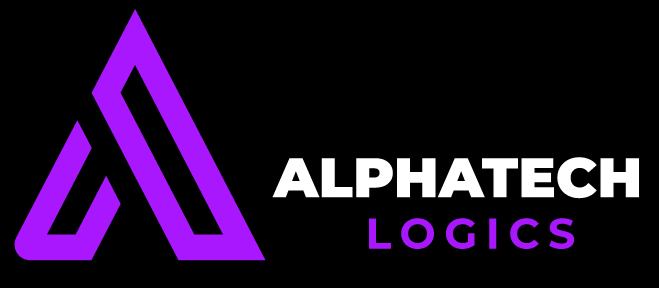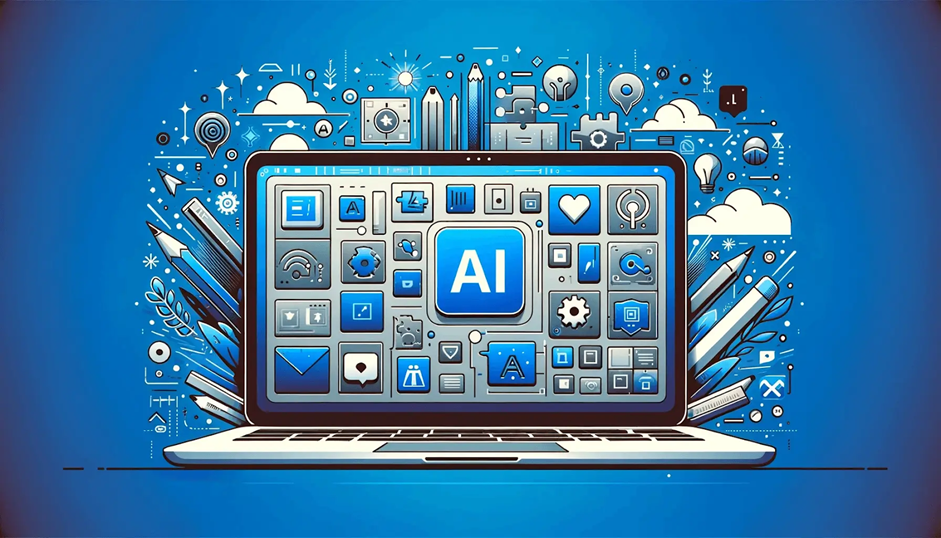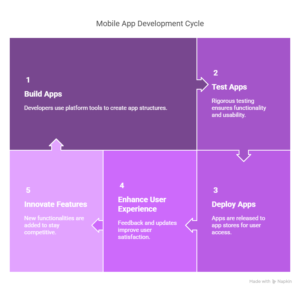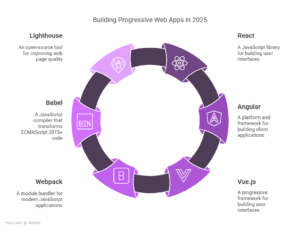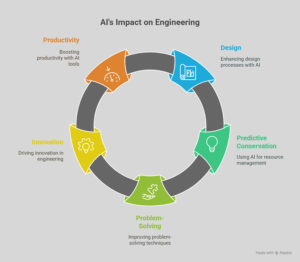Top AI Models Ecosystem: Features, Strengths, and Use Cases
The artificial intelligence (AI) landscape has evolved dramatically over the past decade, with a proliferation of advanced models that are transforming industries and redefining what machines can achieve. From natural language processing (NLP) to computer vision and generative AI, these models are powering innovative applications across diverse domains. In this article, we explore the top AI models in the ecosystem, their key features, strengths, and real-world use cases.
1. GPT (Generative Pre-trained Transformer)

Features: Developed by OpenAI, GPT models are designed for natural language understanding and generation. The latest iteration, GPT-4, is a multimodal model capable of processing both text and images.
Strengths:
– Exceptional language fluency and coherence.
– Versatility in tasks like text completion, translation, summarization, and
question-answering.
– Fine-tuning capabilities for domain-specific applications.
– Use Cases:
– Content creation (e.g., blogs, marketing copy).
– Customer support chatbots.
– Code generation and debugging for developers.
– Personalized education and tutoring.
2. BERT (Bidirectional Encoder Representations from Transformers)

– Features: Developed by Google, BERT is a transformer-based model designed for deep bidirectional context understanding in NLP tasks.
Strengths:
– Superior performance in understanding context and nuances in text.
– Pre-trained on a large corpora, enabling fine-tuning for specific tasks.
– Widely used in search engines and recommendation systems.
Use Cases:
– Search engine optimization (SEO) and query understanding.
– Sentiment analysis and customer feedback processing.
– Document classification and information retrieval.
3. DALL·E and Stable Diffusion

Features: DALL·E, developed by OpenAI, and Stable Diffusion, by Stability AI, are generative models for creating images from textual descriptions.
Strengths:
– High-quality, realistic image generation.
– Ability to interpret complex prompts and generate creative visuals.
– Open-source availability (Stable Diffusion) for customization.
Use Cases:
– Graphic design and advertising.
– Concept art and prototyping.
– Personalized content creation for social media.
4. AlphaFold

Features: Developed by DeepMind, AlphaFold is an AI model for predicting protein structures from amino acid sequences.
Strengths
– Unprecedented accuracy in protein structure prediction.
– Accelerates drug discovery and biomedical research.
– Open-source database of protein structures.
Use Cases:
– Drug development and vaccine design.
– Understanding diseases at the molecular level.
– Advancing synthetic biology and bioengineering.
5. CLIP (Contrastive Language–Image Pretraining)

Features: Developed by OpenAI, CLIP is a multimodal model that connects text and images by learning from vast amounts of paired data.
Strengths:
– Robust image-text matching capabilities.
– Zero-shot learning for tasks without explicit training.
– Versatility in visual search and content moderation.
Use Cases:
– Visual search engines.
– Content moderation on social media platforms.
– Enhancing accessibility through image-to-text descriptions.
6. Whisper

Features: Also developed by OpenAI, Whisper is an automatic speech recognition (ASR) model trained on multilingual and multitask datasets.
Strengths:
– High accuracy in transcribing speech across languages.
– Robust to background noise and accents.
– Supports translation and transcription in real-time.
Use Cases:
– Transcription services for meetings and interviews.
– Real-time translation for global communication.
– Enhancing accessibility for hearing-impaired individuals.
7. YOLO (You Only Look Once)

Features: YOLO is a real-time object detection model known for its speed and accuracy.
Strengths:
– Extremely fast object detection and classification.
– Suitable for real-time applications.
– Open-source and widely adopted in the computer vision community.
Use Cases:
– Autonomous vehicles and drones.
– Surveillance and security systems.
– Retail inventory management.
8. T5 (Text-to-Text Transfer Transformer)

Features: Developed by Google, T5 treats every NLP task as a text-to-text problem, enabling a unified framework for tasks like translation, summarization, and classification.
Strengths:
– Versatility across multiple NLP tasks.
– High performance with fine-tuning.
– Scalable for large datasets.
Use Cases:
– Multilingual translation services.
– Document summarization and paraphrasing.
– Text classification for spam detection or sentiment analysis.
9. BERT-based Models (RoBERTa, DistilBERT)
Features: These are optimized versions of BERT, with RoBERTa focusing on improved training techniques and DistilBERT offering a lighter, faster alternative.
Strengths:
– Enhanced performance with fewer computational resources.
– Ideal for deployment in resource-constrained environments.
– Maintains high accuracy for NLP tasks.
Use Cases:
– Mobile applications with NLP capabilities.
– Real-time text analysis for customer feedback.
– Efficient deployment in edge computing devices.
10. GANs (Generative Adversarial Networks)

Features:GANs consist of two neural networks—a generator and a discriminator—that work together to create realistic data, such as images, videos, or audio.
Strengths:
– Ability to generate high-quality synthetic data.
– Applications in creative industries and data augmentation.
– Continuous improvement through adversarial training.
Use Cases:
– Creating synthetic datasets for training AI models.
– Deepfake technology for entertainment or education.
– Enhancing virtual reality experiences.
Conclusion
The AI models ecosystem is a vibrant and rapidly evolving space, with each model offering unique features and strengths tailored to specific tasks and industries. From GPT’s language mastery to AlphaFold’s breakthroughs in biology, these models are driving innovation and solving complex problems across the globe. For businesses and developers, understanding the capabilities and use cases of these models is crucial to leveraging their full potential. As AI continues to advance, the possibilities are limitless—ushering in a new era of creativity, efficiency, and discovery.

